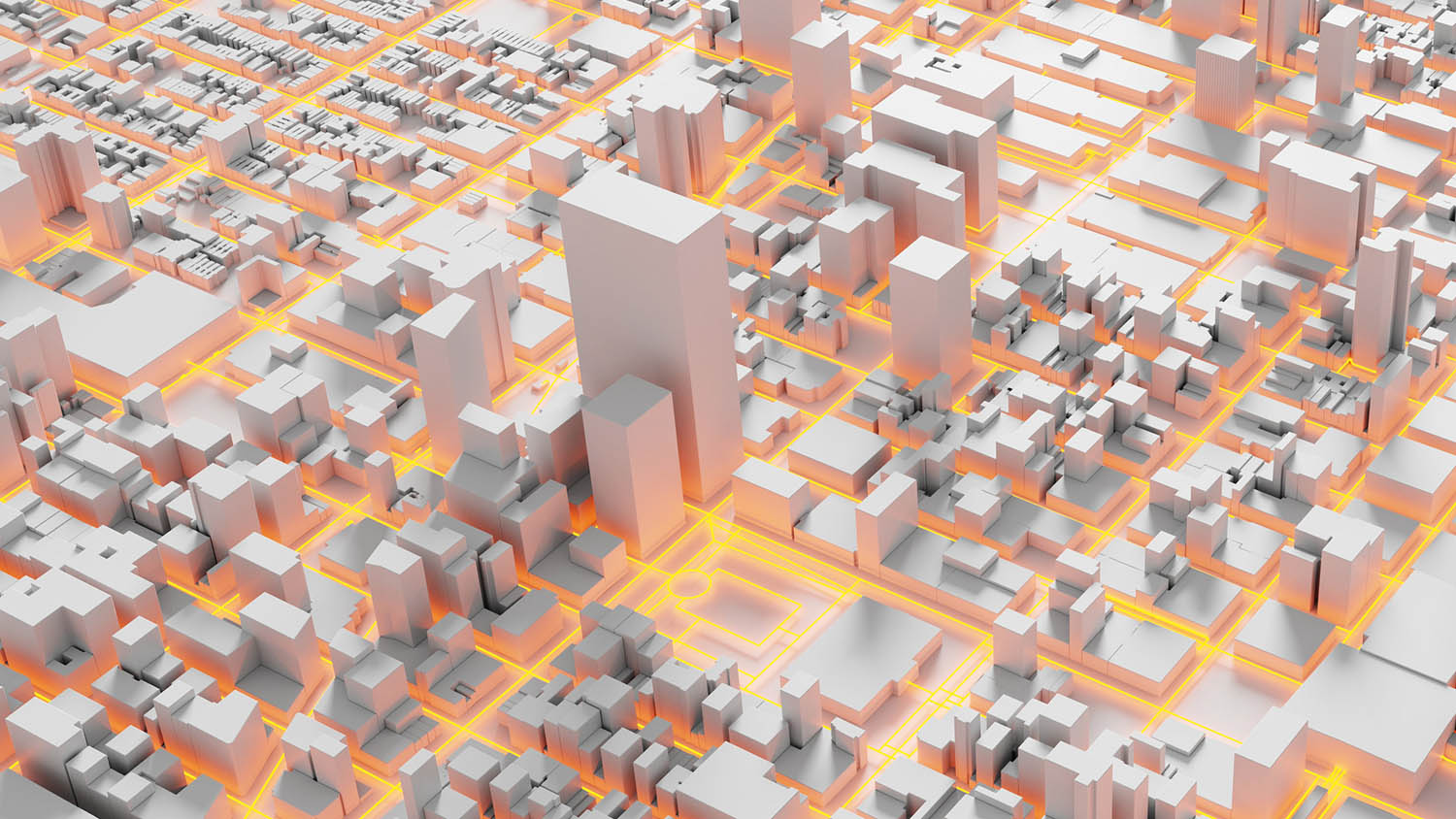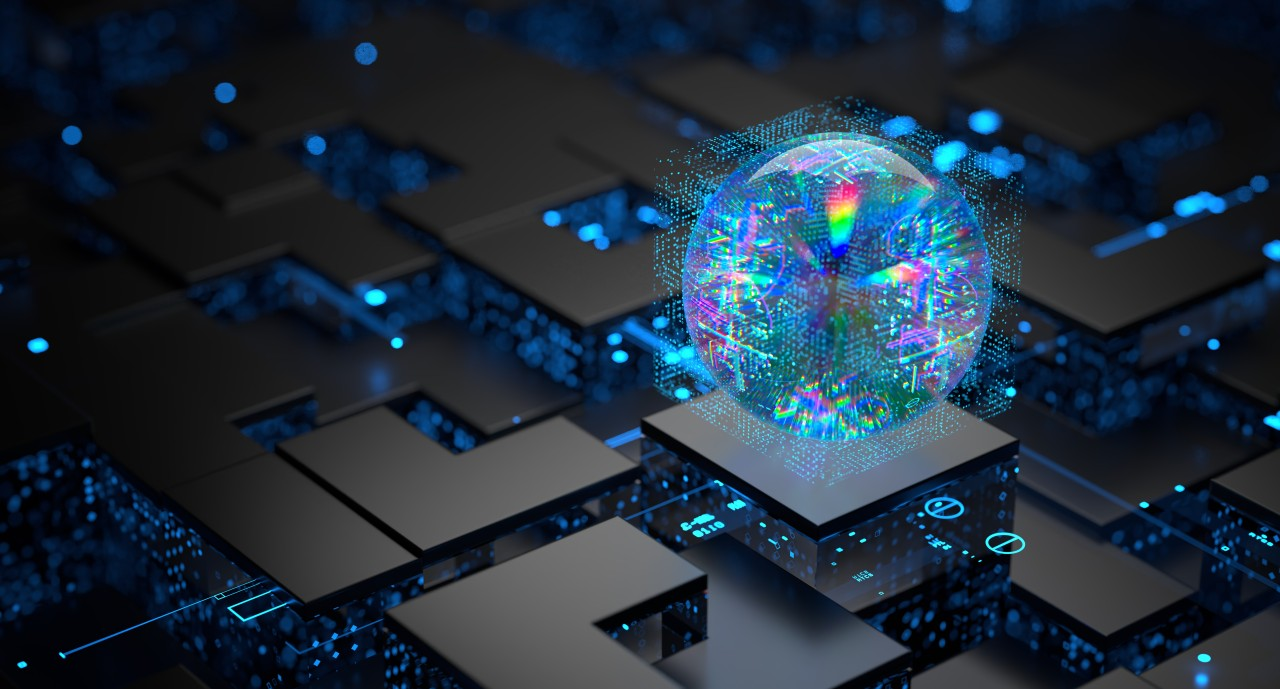Digital twins—virtual replicas of physical systems—are revolutionizing how cities are planned, developed, and managed. In urban planning, these sophisticated 3D models simulate real-time data from traffic flows, weather patterns, and infrastructure usage to give planners a predictive edge. By replicating a city’s behavior digitally, officials and engineers can forecast the impact of new developments, test sustainability initiatives, and respond more intelligently to emergencies before breaking ground.
Cities like Singapore and Helsinki are pioneering the use of digital twins to support smart city transformations. These tools allow urban developers to assess energy usage, optimize public transport routes, and even simulate natural disaster responses without any real-world disruption. According to a report by Deloitte, implementing digital twins can reduce construction costs by up to 30% and dramatically cut down decision-making time for urban projects. The value lies in their ability to merge real-time data with forward-thinking simulations.
As global populations grow and infrastructure needs become more complex, digital twins are set to become indispensable. By enabling planners to visualize, test, and refine city layouts digitally, this technology is reshaping how we build the urban environments of tomorrow. The future of city planning isn’t just smart—it’s virtually already built.




